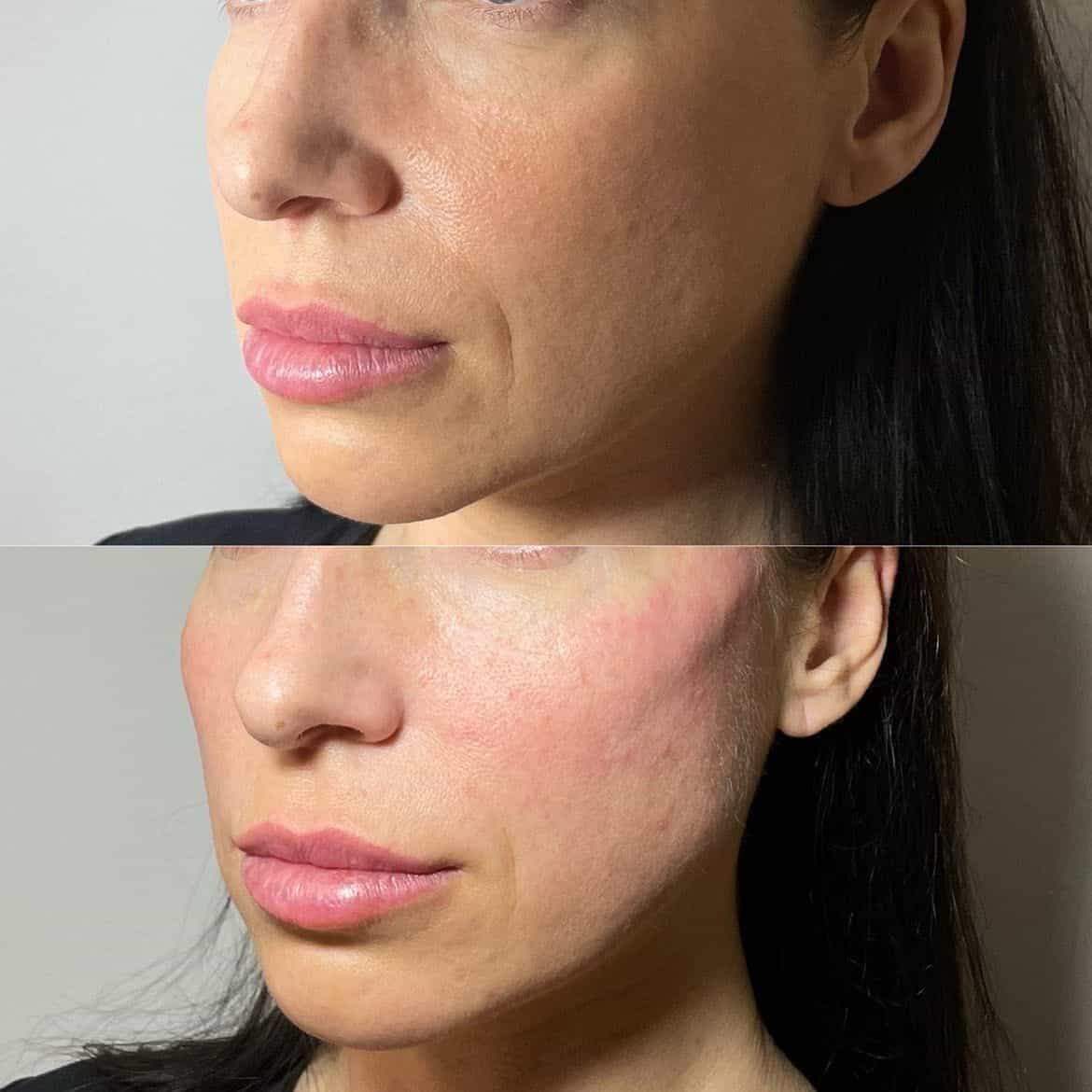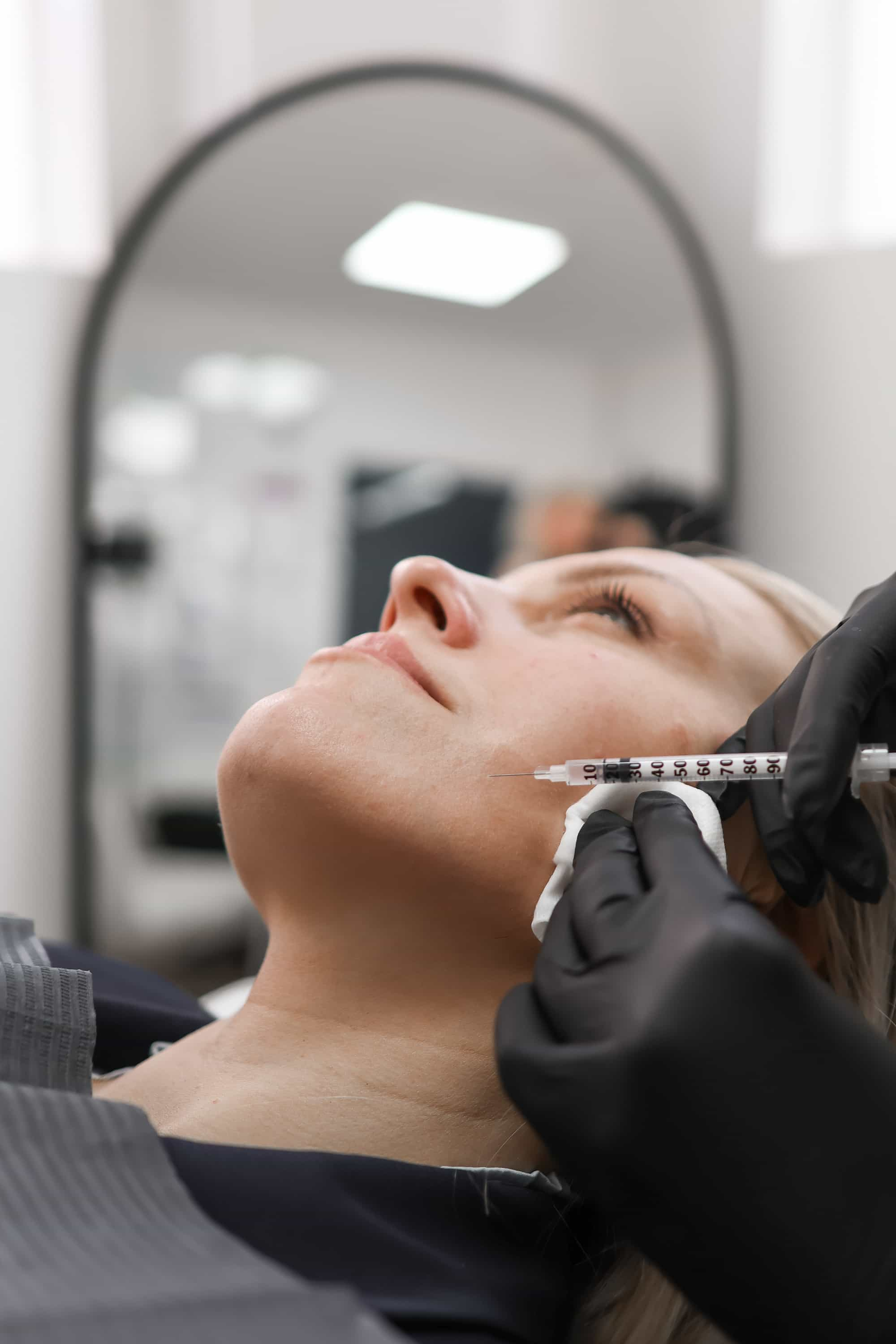The Science Behind the Downturned Smile
A downturned smile, where the corners of the mouth dip downward, can instantly signal sadness or unease. This involuntary facial expression is rooted in complex interplay between our emotions, muscle movements, and neurological pathways. Understanding the science behind this subtle gesture can empower us to recognize its impact and explore techniques for reversing it, ultimately fostering a more positive and authentic expression.
Muscle Positioning
The downturned smile arises from the intricate dance of facial muscles, particularly those around the mouth. The depressor anguli oris muscle, situated below the corners of the mouth, plays a key role in pulling the corners downward. When activated, it creates the characteristic frown associated with sadness or dejection.
This muscle activation is often triggered by negative emotions such as sadness, disappointment, or anxiety. These feelings send signals through the nervous system, activating specific motor neurons that innervate the depressor anguli oris muscle. This results in the visible expression of a downturned smile.
Interestingly, even when we’re not consciously feeling sad, habitual frowning or stress can lead to weakened facial muscles and a tendency towards downturned smiles. Over time, repetitive activation of the depressor anguli oris muscle can create a learned pattern, making it more likely to activate in various situations, regardless of our emotional state.
Facial Expressions and Perception
Facial expressions are powerful communicators, conveying a wealth of emotions without uttering a word. The downturned smile, characterized by corners of the mouth dipping downward, is often interpreted as a sign of sadness or unease. This seemingly simple expression is a complex interplay of emotion, muscle action, and neurological pathways.
The depressor anguli oris muscle, located beneath the corners of the mouth, plays a central role in this expression. When activated, it pulls the corners of the mouth downward, creating the familiar frown associated with sadness. This muscle activation is often triggered by negative emotions such as disappointment, anxiety, or grief.
These feelings send signals through the nervous system, stimulating specific motor neurons that innervate the depressor anguli oris muscle, resulting in the outward manifestation of a downturned smile. Notably, even without conscious sadness, habitual frowning or prolonged stress can weaken facial muscles and create a predisposition towards downturned smiles.
Repetitive activation of the depressor anguli oris muscle can establish a learned pattern, making it more likely to activate in various situations, regardless of our emotional state. This highlights the interconnectedness of emotions, physical expression, and learned behaviors.
Recognizing a Downturned Smile
A downturned smile, where the corners of the mouth pull downward, instantly communicates sadness or unease. This facial expression, often involuntary, reflects a complex interplay between our emotions, muscle movements, and neurological pathways. Understanding this subtle gesture can empower us to recognize its influence and explore techniques to reverse it, ultimately fostering a more positive and authentic expression.
Identifying the Telltale Signs
A downturned smile, where the corners of the mouth pull downward, instantly communicates sadness or unease. This facial expression, often involuntary, reflects a complex interplay between our emotions, muscle movements, and neurological pathways. Understanding this subtle gesture can empower us to recognize its influence and explore techniques to reverse it, ultimately fostering a more positive and authentic expression.
The downturned smile arises from the intricate dance of facial muscles, particularly those around the mouth. The depressor anguli oris muscle, situated below the corners of the mouth, plays a key role in pulling the corners downward. When activated, it creates the characteristic frown associated with sadness or dejection.
- This muscle activation is often triggered by negative emotions such as sadness, disappointment, or anxiety.
- These feelings send signals through the nervous system, activating specific motor neurons that innervate the depressor anguli oris muscle. This results in the visible expression of a downturned smile.

Interestingly, even when we’re not consciously feeling sad, habitual frowning or stress can lead to weakened facial muscles and a tendency towards downturned smiles. Over time, repetitive activation of the depressor anguli oris muscle can create a learned pattern, making it more likely to activate in various situations, regardless of our emotional state.
Cultural Differences in Smiling
Cultural differences play a significant role in how smiling is perceived and expressed. In some cultures, a wide, exaggerated smile is considered the norm and a sign of friendliness. In other cultures, a subtle or restrained smile may be more common and viewed as polite or reserved.
It’s important to remember that what is considered a genuine or appropriate smile can vary widely across cultures. A downturned smile, which might be interpreted as sadness in one culture, could simply be a sign of contemplation or thoughtfulness in another.
Reversing the Downturn
A downturned smile, where the corners of the mouth dip downward, instantly communicates sadness or unease. This facial expression, often involuntary, reflects a complex interplay between our emotions, muscle movements, and neurological pathways. Understanding this subtle gesture can empower us to recognize its influence and explore techniques to reverse it, ultimately fostering a more positive and authentic expression.
Facial Exercises and Techniques
A downturned smile can make you look sad because of the way it pulls down the corners of your mouth. This muscle movement is controlled by the depressor anguli oris muscle, which is activated when we experience negative emotions like sadness, disappointment, or anxiety.
Fortunately, you can reverse this downturned smile with facial exercises and techniques. By consciously engaging the muscles that lift the corners of your mouth, you can counteract the effects of the depressor anguli oris muscle.
- Practice smiling genuinely.
- Focus on lifting the corners of your mouth towards your ears.
- Hold this smile for a few seconds, then relax.
- Repeat this several times throughout the day.
In addition to exercises, techniques like Botox injections can temporarily paralyze the depressor anguli oris muscle, preventing it from pulling down your mouth corners.

Remember that consistency is key with facial exercises. Regular practice will help you strengthen the muscles responsible for lifting your smile and eventually lead to a more positive and authentic expression.
Mindfulness and Body Language Awareness
A downturned smile, where the corners of the mouth dip downward, instantly communicates sadness or unease. This facial expression, often involuntary, reflects a complex interplay between our emotions, muscle movements, and neurological pathways. Understanding this subtle gesture can empower us to recognize its influence and explore techniques to reverse it, ultimately fostering a more positive and authentic expression.
- Practice smiling genuinely.
- Focus on lifting the corners of your mouth towards your ears.
- Hold this smile for a few seconds, then relax.
- Repeat this several times throughout the day.
A downturned smile can make you look sad because of the way it pulls down the corners of your mouth. This muscle movement is controlled by the depressor anguli oris muscle, which is activated when we experience negative emotions like sadness, disappointment, or anxiety.
Fortunately, you can reverse this downturned smile with facial exercises and techniques. By consciously engaging the muscles that lift the corners of your mouth, you can counteract the effects of the depressor anguli oris muscle.
Boosting Self-Esteem and Confidence
A downturned smile, where the corners of the mouth pull downward, instantly communicates sadness or unease. This facial expression, often involuntary, reflects a complex interplay between our emotions, muscle movements, and neurological pathways. Understanding this subtle gesture can empower us to recognize its influence and explore techniques to reverse it, ultimately fostering a more positive and authentic expression.
A downturned smile can make you look sad because of the way it pulls down the corners of your mouth. This muscle movement is controlled by the depressor anguli oris muscle, which is activated when we experience negative emotions like sadness, disappointment, or anxiety.
Fortunately, you can reverse this downturned smile with facial exercises and techniques. By consciously engaging the muscles that lift the corners of your mouth, you can counteract the effects of the depressor anguli oris muscle.
- Practice smiling genuinely.
- Focus on lifting the corners of your mouth towards your ears.
- Hold this smile for a few seconds, then relax.
- Repeat this several times throughout the day.
In addition to exercises, techniques like Botox injections can temporarily paralyze the depressor anguli oris muscle, preventing it from pulling down your mouth corners. Remember that consistency is key with facial exercises. Regular practice will help you strengthen the muscles responsible for lifting your smile and eventually lead to a more positive and authentic expression.
Boosting self-esteem and confidence often involves addressing negative thought patterns and beliefs that contribute to feelings of inadequacy. Recognizing these patterns and consciously challenging them is crucial for fostering a more positive self-image.
- Identify Negative Thoughts: Pay attention to your inner dialogue and note any recurring negative thoughts or self-criticism.
- Challenge Negative Beliefs: Once you’ve identified these thoughts, ask yourself if they are truly accurate or based on evidence. Often, negative beliefs are distorted perceptions rather than factual truths.
- Replace with Positive Affirmations: Consciously replace negative thoughts with positive affirmations that affirm your strengths and abilities.
Engaging in activities that make you feel good about yourself can also significantly contribute to self-esteem.
Pursuing hobbies, setting achievable goals, and celebrating your accomplishments, no matter how small, are all powerful ways to build confidence.
A downturned smile can make you look sad because of the way it pulls down the corners of your mouth. This muscle movement is controlled by the depressor anguli oris muscle, which is activated when we experience negative emotions like sadness, disappointment, or anxiety.
Fortunately, you can reverse this downturned smile with facial exercises and techniques. By consciously engaging the muscles that lift the corners of your mouth, you can counteract the effects of the depressor anguli oris muscle.
Find out how Dr. Laura Geige can treat a downturned smile at It’s Me & You Clinic.
- Traptox Aka Trapezius Botox Treatment Near Kingston Upon Thames, Surrey - December 6, 2025
- Traptox Aka Trapezius Botox Treatment In Kingston Upon Thames KT1 - December 3, 2025
- The Top CBD Infused Gummies For Better Mental Health - December 1, 2025
